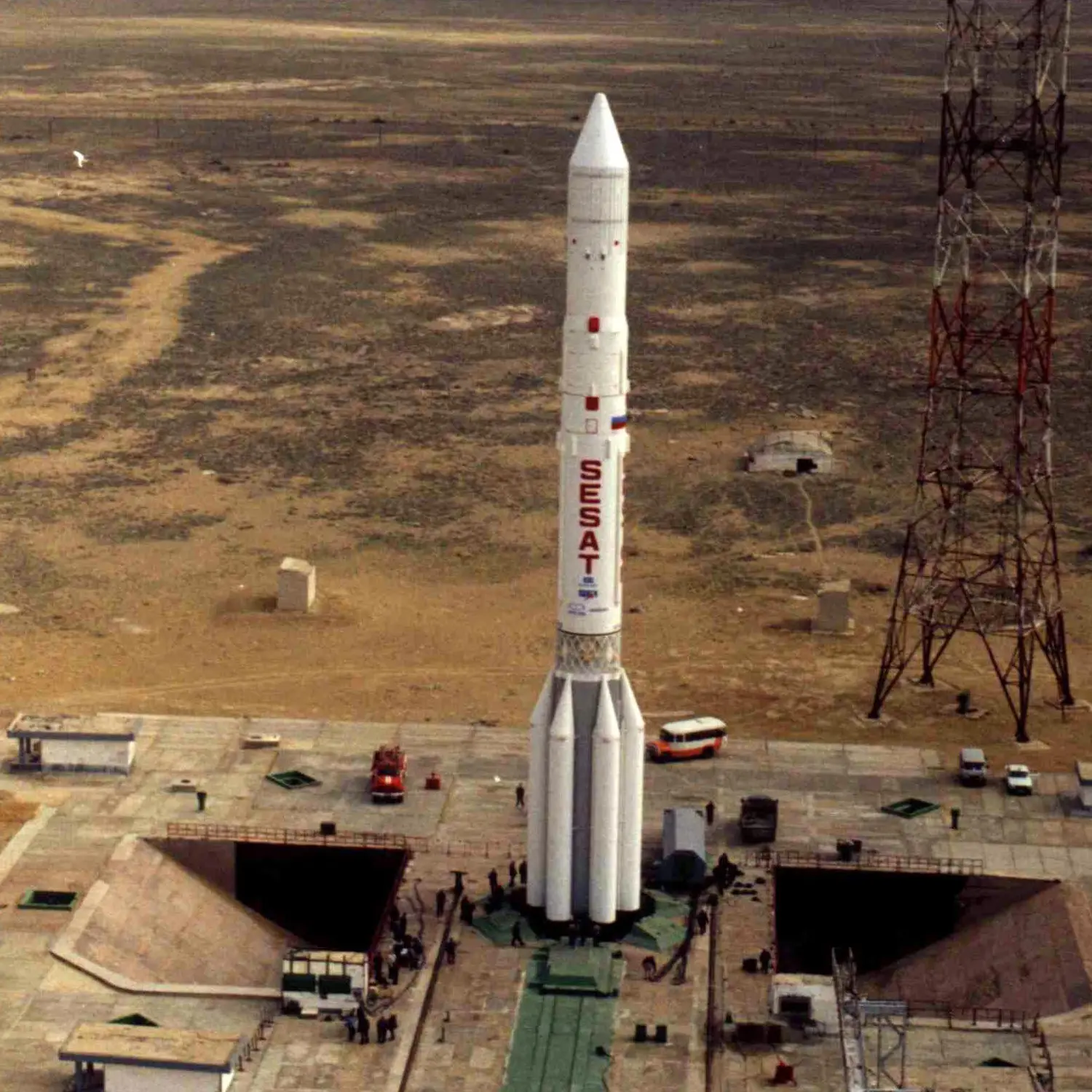/
Intelsat 903
Launch Success
Liftoff Time (GMT)
17:25:00
Saturday March 30, 2002
Mission Details
Intelsat 903
Nine Intelsat-9 satellites, improved and more powerful versions of its nine Intelsat-7 / Intelsat-7A spacecraft, were built by Space Systems/Loral (SS/L). They replaced Intelsat-6 satellites, to provide enhanced voice, video, and data transmission services across the globe. The contract called for SS/L to design, build, and deliver the spacecraft to the launch site in the years 2000 and 2001 and contains options for one additional satellite. The increased power and efficiency of the new Intelsat-9 satellites provided better coverage and stronger signals to help satisfy the burgeoning global appetite for digital services, smaller earth stations, and specialized Intelsat communications services. These spacecraft serviced the Indian and Atlantic Ocean regions. The new satellites each carried 44 transponders in the C-band and 12 in the Ku-band, and generate more than 8 kilowatts (End of Life). These spacecraft carry a much greater number of high-power amplifiers and generate more solar array power than their predecessors with only a small increase in dry mass. Major subcontractors include Alcatel Telecom of France; Alenia, Italy; DASA, Germany; and Mitsubishi Electric Corporation (MEI), Japan.
Geostationary Transfer Orbit
1 Payload
4,725 kilograms
Rocket


Manufacturer
KhrunichevRocket
Height: 57.64m
Payload to Orbit
LEO: 19,000 kg
GTO: 2,500 kg
Liftoff Thrust
9,548 Kilonewtons
Fairing
Diameter: 4.35m
Height: 10.4m
Stages
4
Launch Site
Stats
Proton-K
285th
Mission
1st
Mission of 2002
2002
16th
Orbital launch attempt